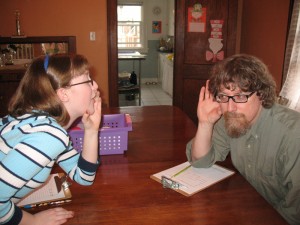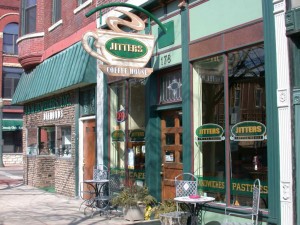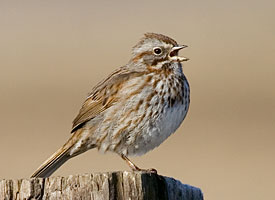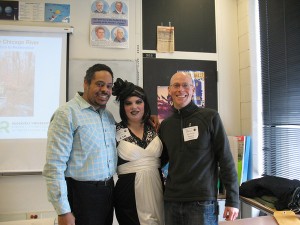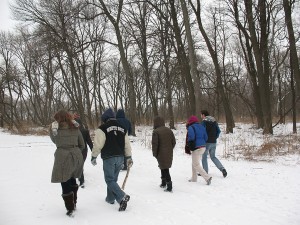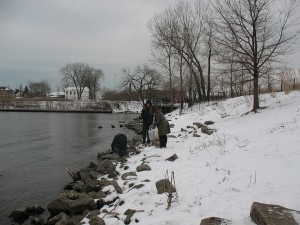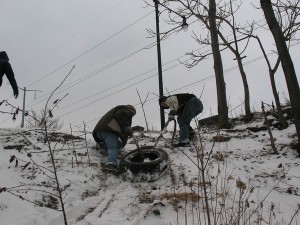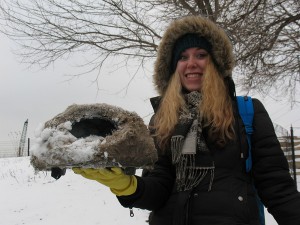Today in Joliet, while picking up a prescription after dropping my daughter off at school, I ran into a friend from my Jr. High days. Lori and I both worked at Plainfield Road Pharmacy back in the 1980s, when the late Don Reiter was the head pharmacist. It got us both thinking of the “old days” of working for Don at a quintessential neighborhood drugstore in the age when every part of town still had one. This article appeared as an op-ed in the Joliet Herald-News in July 2009.
 Donald Reiter, my former boss, seemingly knew everyone in town. A Joliet native and longtime pharmacist who co-founded Joliet Prescriptions Shops, Don worked up until the last two weeks of his life and had a personality to match his boundless energy. Tough, funny, demanding, and fair, he was a good man to work for.
Donald Reiter, my former boss, seemingly knew everyone in town. A Joliet native and longtime pharmacist who co-founded Joliet Prescriptions Shops, Don worked up until the last two weeks of his life and had a personality to match his boundless energy. Tough, funny, demanding, and fair, he was a good man to work for.
Back in the early 1960s, he hired my father fresh out of pharmacy school, and with several others they formed a business partnership that would last decades. When I was in high school, Don employed me at Plainfield Road Pharmacy stocking shelves, running the register, making deliveries, even pulling weeds around the building. It was a job in which you had to do pretty much everything (except fill the actual prescriptions), and do it right quick.
One Sunday morning during my senior year, I was scheduled to open the store. It was my duty on Sundays to arrive early to stuff newspapers with the inserts so they’d be ready for our crack-of-dawn regulars. But that day, I inexplicably overslept.
Around 8:15am, my mother received a terse phone call from Don, who asked her “where Michael was” in saltier language than I can reproduce here. Instantly alert and nerves jangling, I tore down Dawes Avenue on my bike to the store, where I found all the newspapers neatly stacked inside. Don had done my job, of course, and as I slunk back to the pharmacy counter to apologize, he fixed me with a unsmiling gaze.
“Nice of you to make it,” he said sarcastically. He didn’t lecture me, though, probably because he realized I was already thoroughly humiliated.
Later that week while working on a college scholarship application, I discovered ruefully that it required a recommendation from my current employer (Don, of course). On my next scheduled day it took me a couple of hours to screw up the courage to approach him. Without a word, he took the form I proffered, and I hastily resumed my menial labors.
That evening as we closed up, Don muttered, “Oh, got something for you here,” and slipped me a letter. Later than night, I read it: full of praise, it was an eloquent one-page masterpiece on pharmacy letterhead banged out on his old typewriter. He’d done it on the spot, in between filling prescriptions, while I had toiled uneasily wondering about my fate.
Yes, I got the scholarship — though in retrospect that seems trivial. What I remember now is that letter, and what it said about the man who wrote it.



